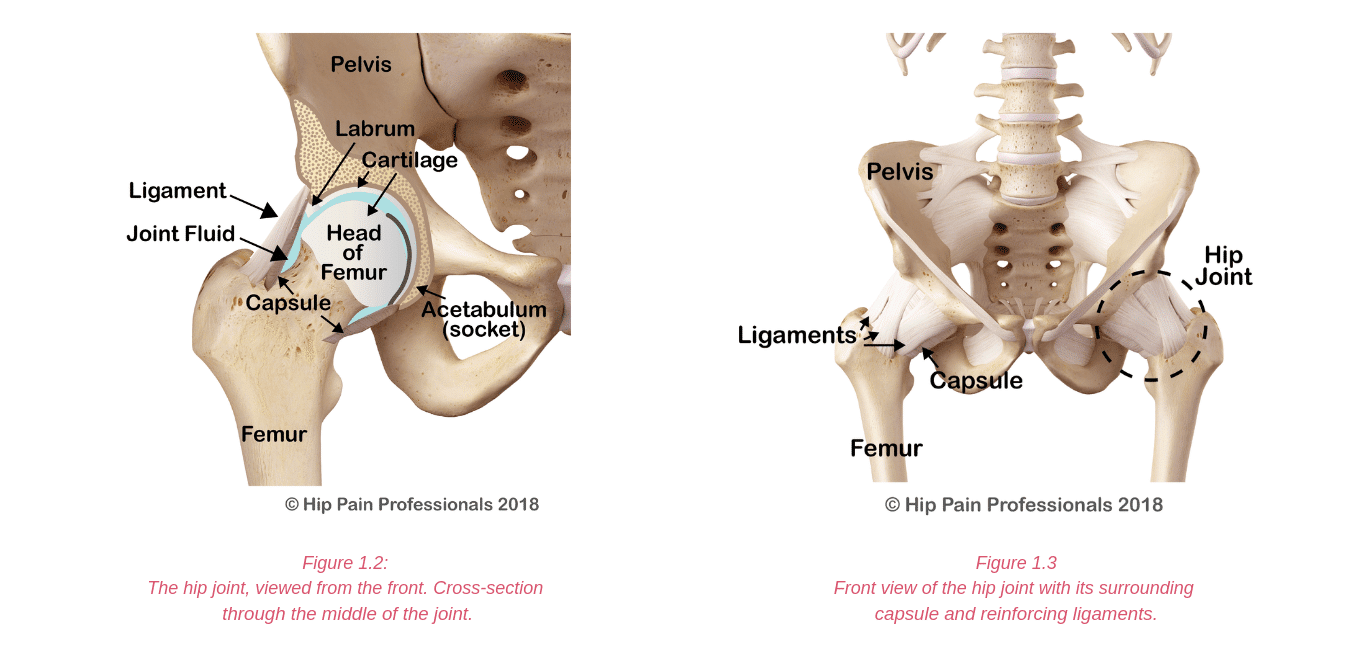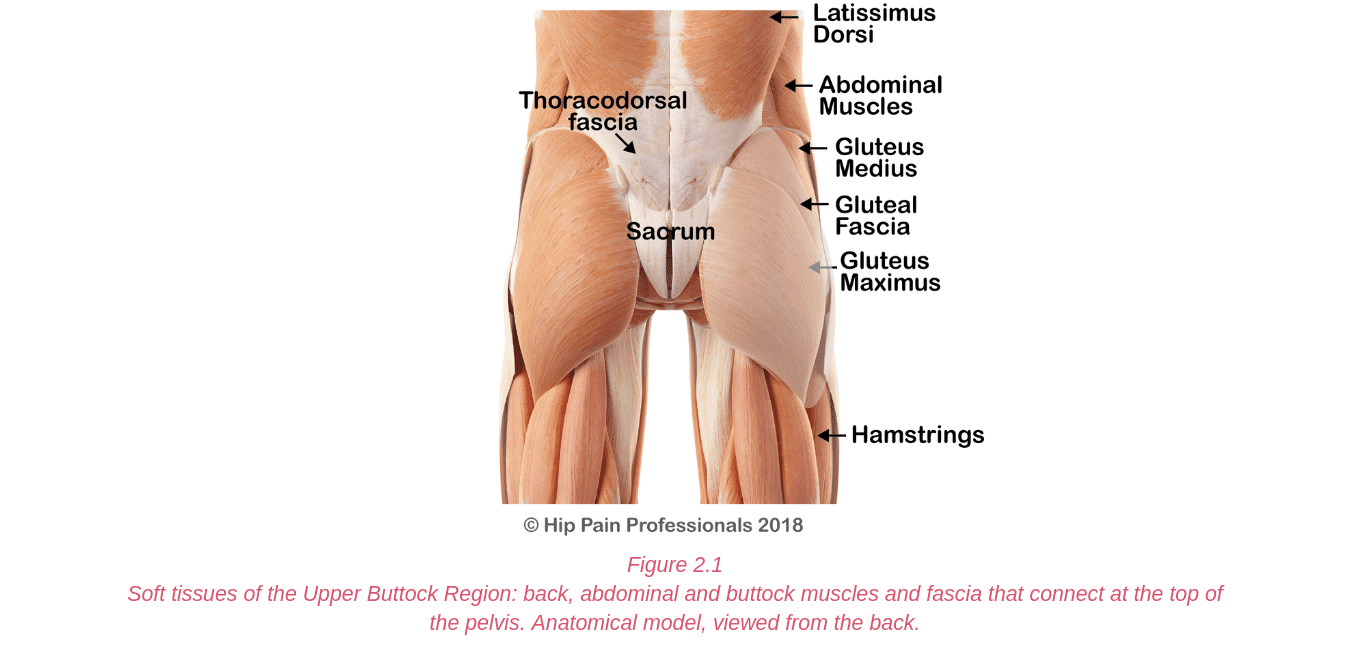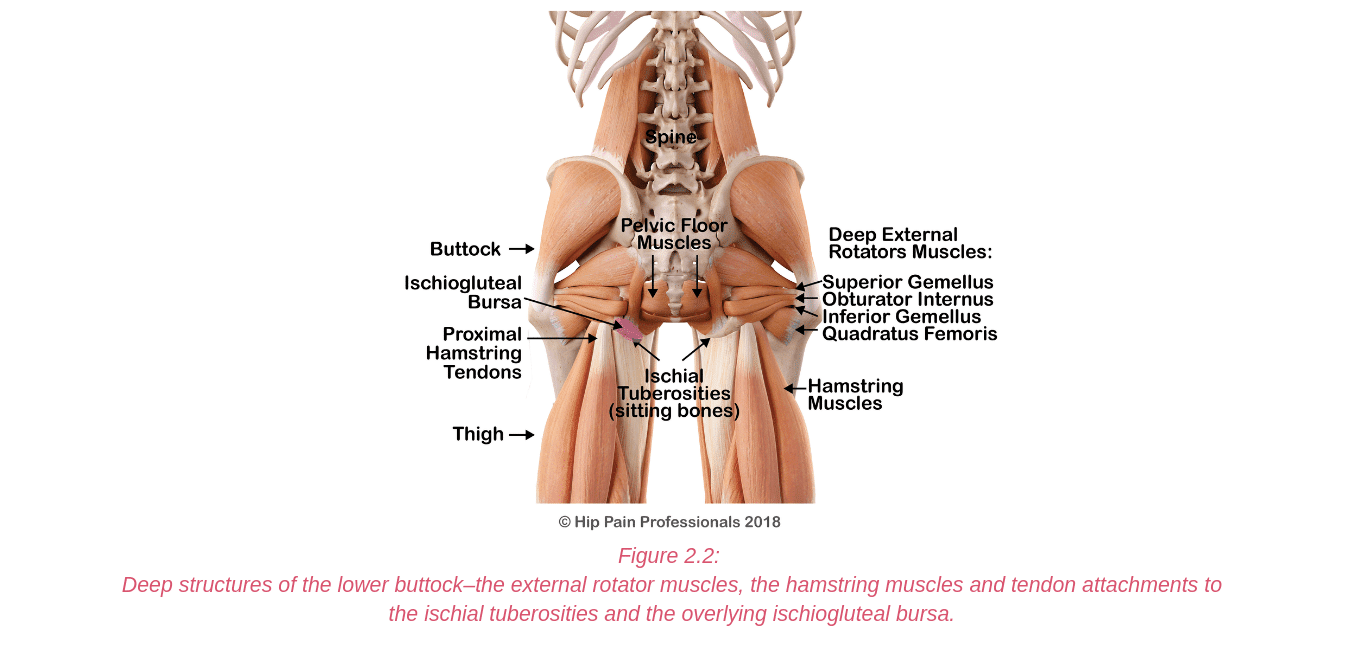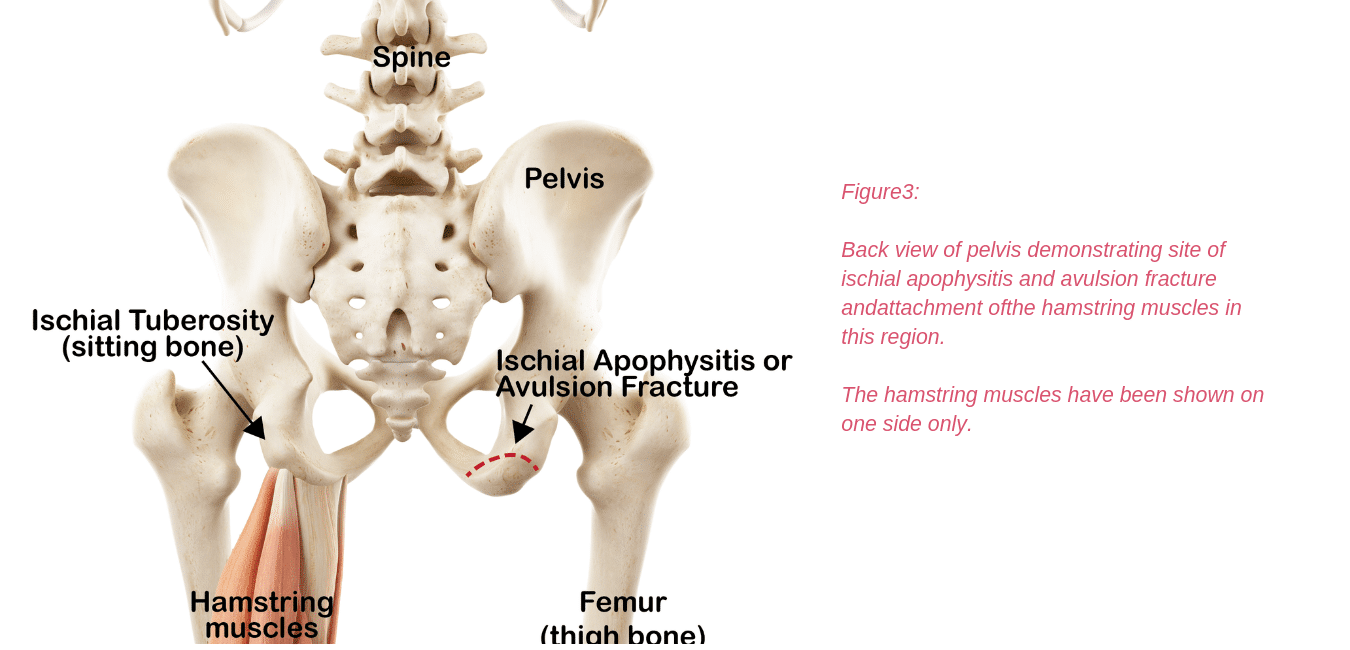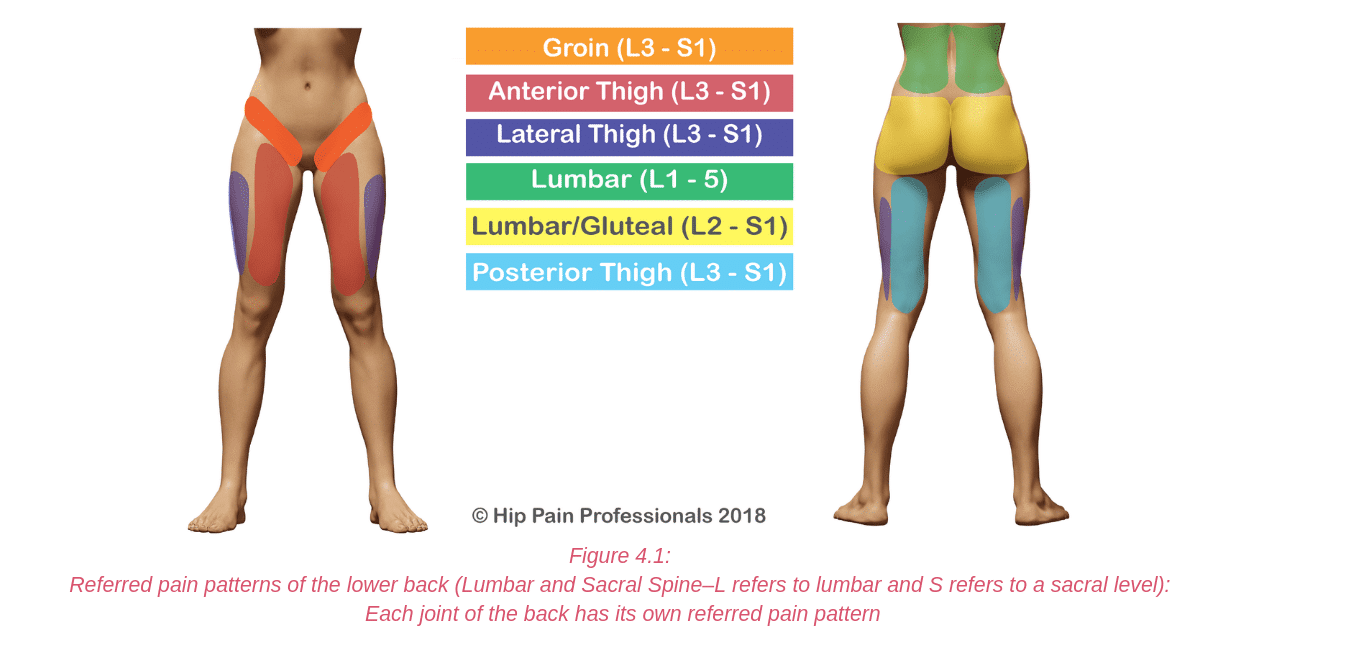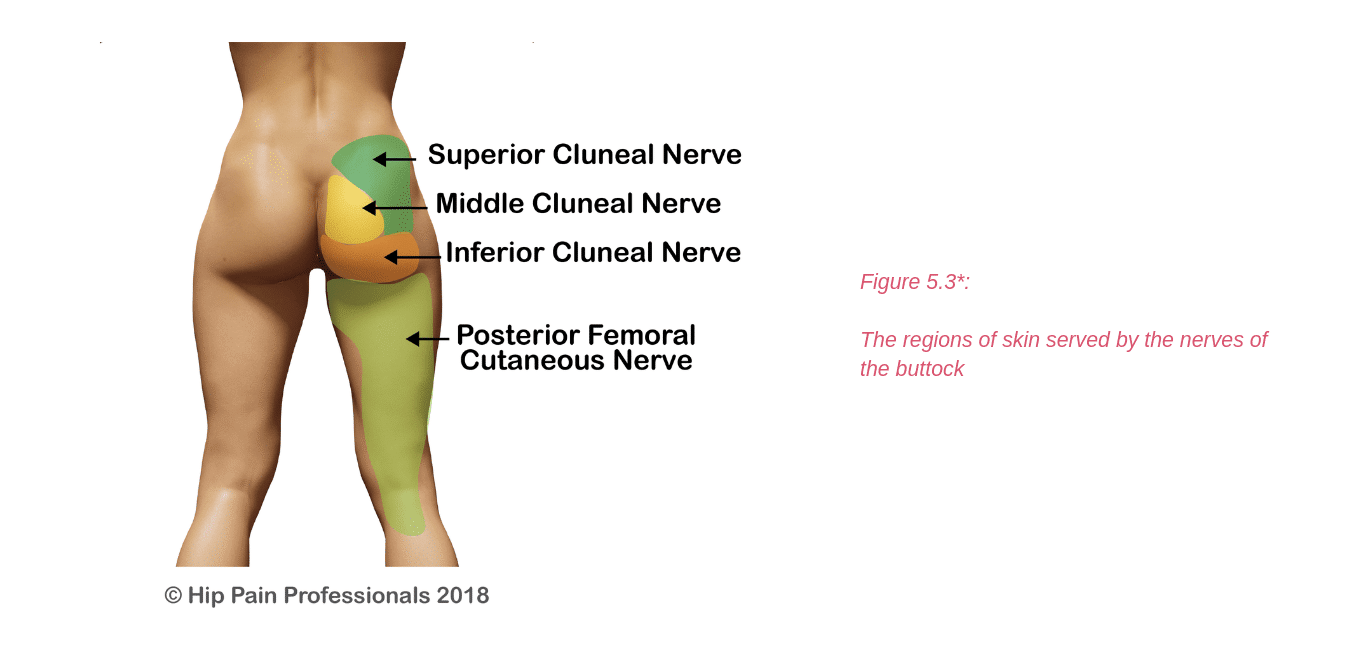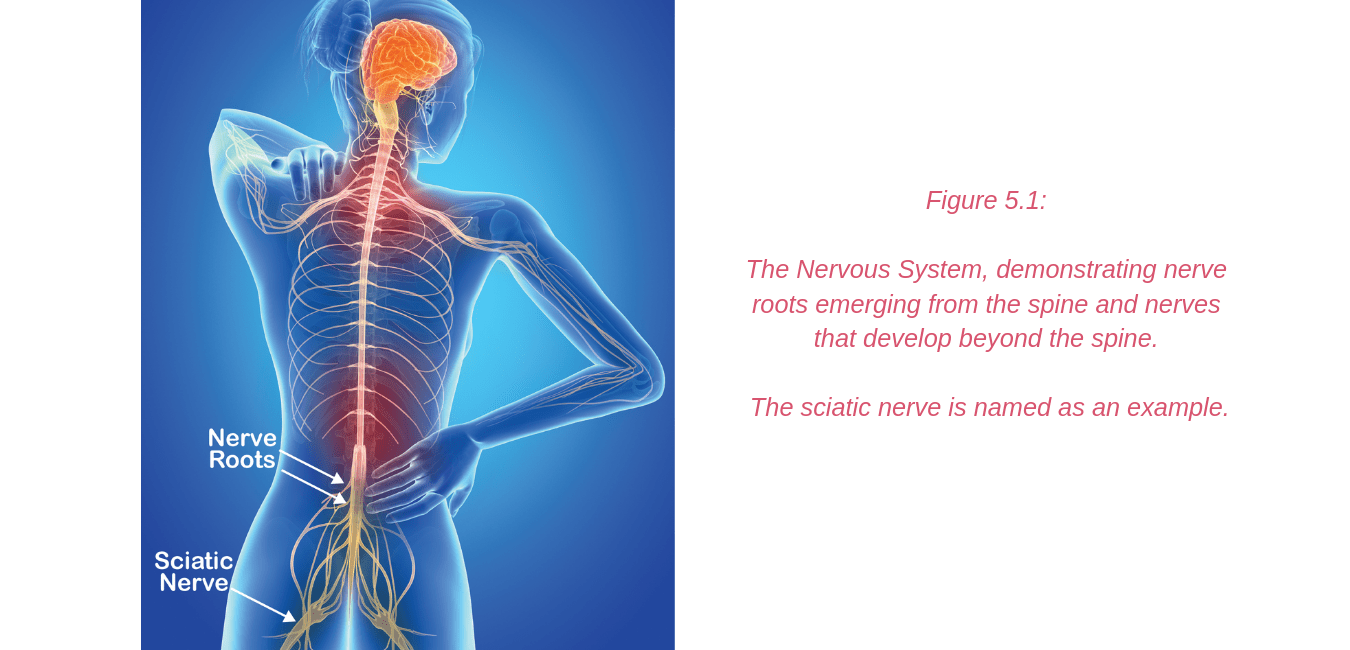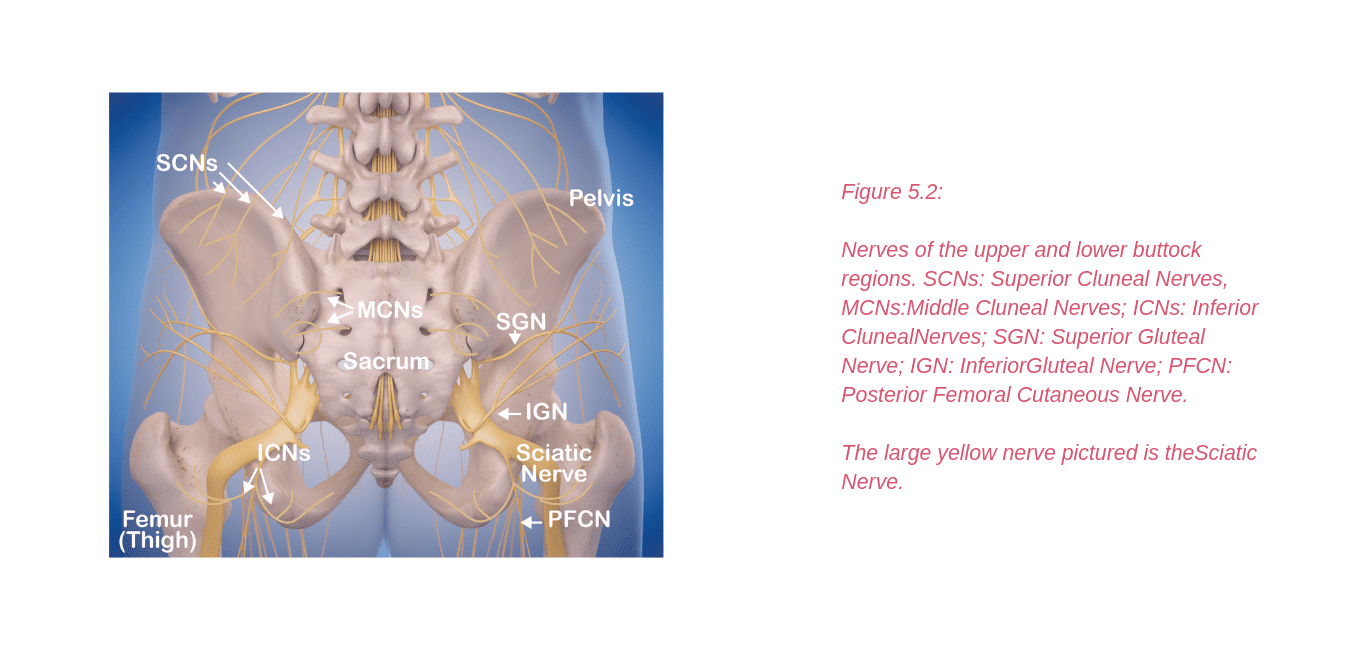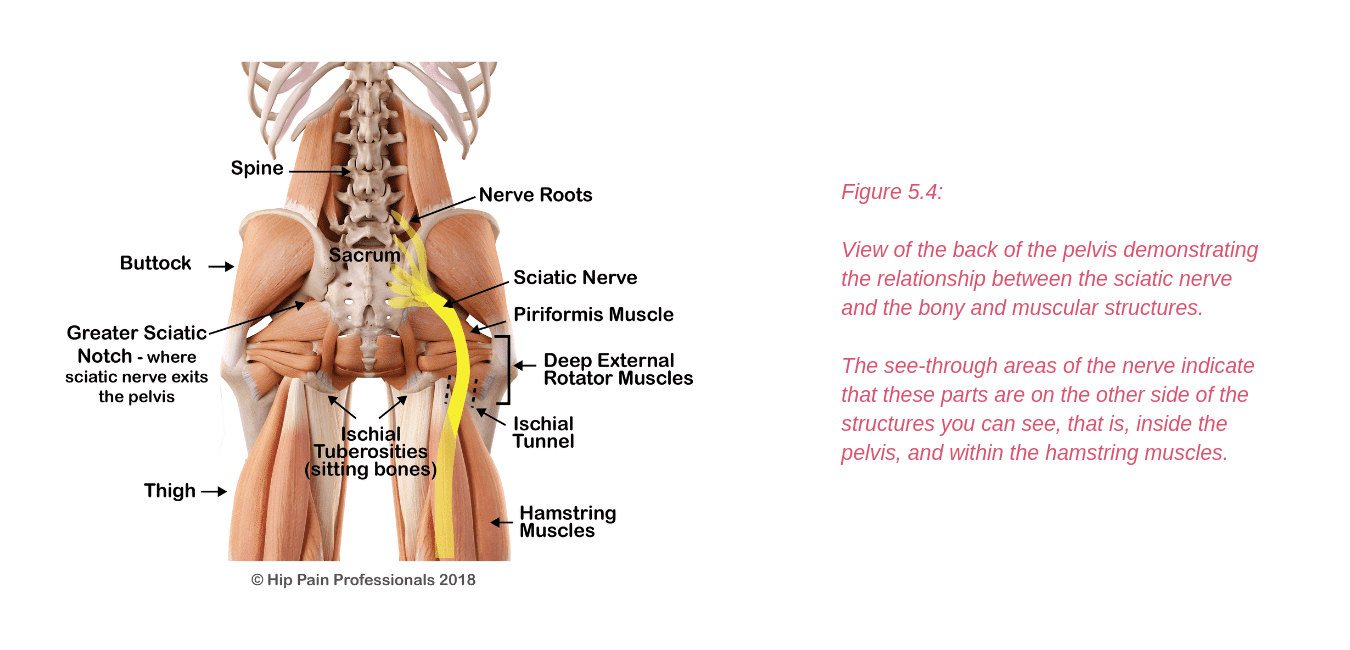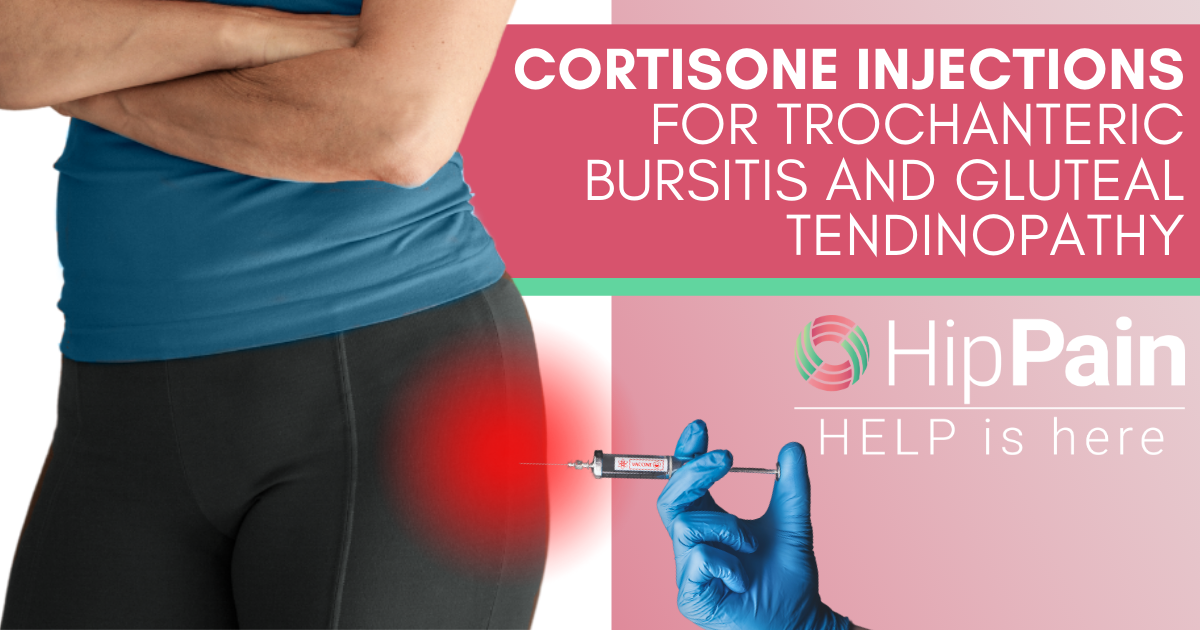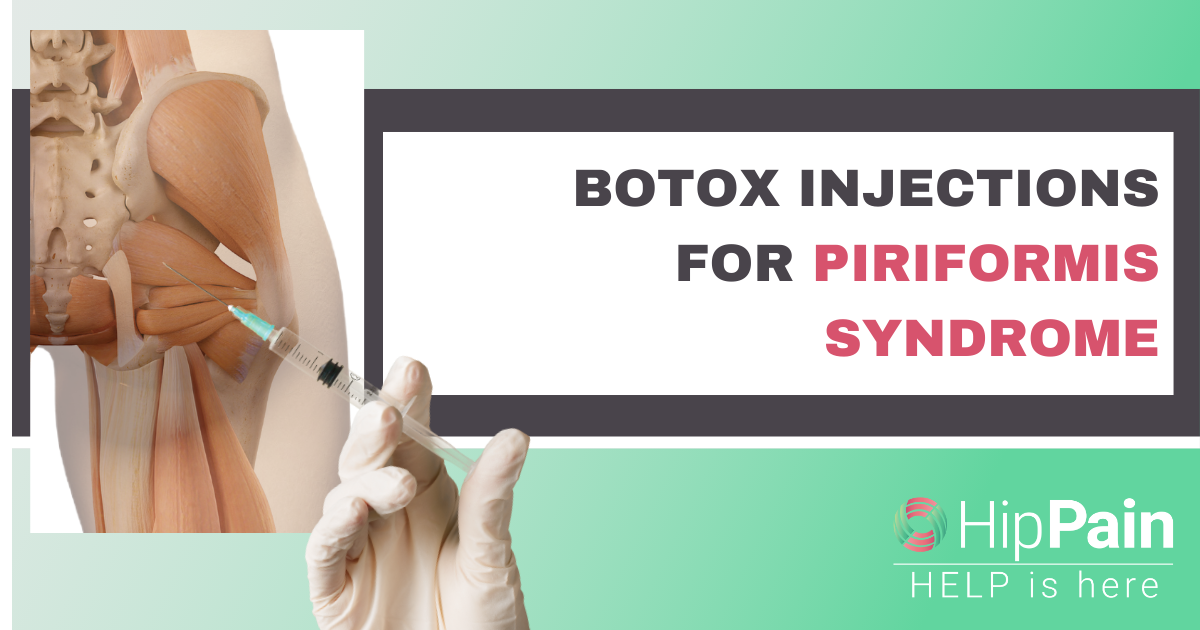The nervous system(Figure 5.1) is a complex network of nerves and cells that carry messages between the brain and spinal cord and your body. It is through this system that we feel, move and control our bodily functions.
Nerve roots leave the spinal cord via the intervertebral foramina (holes or spaces between the vertebrae) and join together from various levels of the spine to travel as cord-like structures, called nerves, to their destinations.
It is these nerves that travel outside the spinal cord that are referred to as “peripheral nerves”.
Some peripheral nerves travel only a short distance and others all the way from the lower back to the foot. Along their journey they run between and through muscles and fibrous tunnels.
While radicular pain arises from a problem as the nerve root exits the spine, nerve-related pain may develop due to a problem along the pathway of a peripheral nerve, outside the spine. Pain related to a nerve is called “Neuralgia”.
Neuralgia felt around the hip and pelvis may develop in many ways including excessive compression or stretch of the nerve. This may be caused by a sudden, acute mechanism, for example a fall or blow to the area resulting in compression, or the leg being caught and wrenched, resulting in stretch.
Alternatively, the onset may be subtle, with a gradual onset associated with sustained postures or repetitive movements that cause cumulative nerve irritation.
Nerves will also be influenced by the health of the tissues they run through or alongside. For example, high muscle tension or tendinopathy may over time result in irritation of neighbouring nerves. Nerve related symptoms are usually experienced differently from pain associated with muscle and joint problems.
Peripheral nerve irritability may result in:
- symptoms in the area served by that peripheral nerve (which is different from dermatomal patterns associated with nerve root irritation -radicular pain)
- burning pain
- odd zings or zaps of pain
- tingly sensations or numbness
- weakness – only for those nerves that supply muscles, like the femoral nerve
Nerves of the Upper & Lower Buttock Regions
Nerves that pass through or supply the buttock region (Figure 5.2) include:
- the sciatic nerve
- the cluneal nerves – superior, middle and inferior
- the gluteal nerves – these are motor nerves that serve muscles and not the skin.
- superior gluteal nerve – serves the gluteus medius, minimus and tensor fascia lata muscles
- inferior gluteal nerve – serves the gluteus maximus muscle
- posterior femoral cutaneous nerve – provides nerve supply to a large area of skin of the back of the thigh.
Nerve Related Pain/Neuralgia in theButtock Regions
The Sciatic Nerve and “Sciatica”
The term “sciatica” is often used incorrectly in reference to any pain felt in the area running from the back, down into the leg. See our section on “back-related hip pain” to read more about radicular pain associated with irritation of the nerve roots as they exit the spine. The sciatic nerve does not exit the spine as a single nerve. Nerve roots from the lower levels of the lumbar spine (lower back) and sacrum (tailbone) join together in the pelvis. Here they form a thick, cord-like structure, called “the sciatic nerve”. This large nerve exits the inner pelvis via the greater sciatic notch and runs through the buttock and down the back of the thigh (Figure 5.4).
The sciatic nerve can sometimes be compressed, irritated or entrapped as it runs through the soft tissues of the buttock. Traditionally, sciatic pain (neuralgia) generated from issues within the buttock has been termed “Piriformis Syndrome” (see Figure 5.4 to view the piriformis and the sciatic nerve). This was based on a finding that in about 20% of the population, all or part of the sciatic nerve runs through the piriformis muscle. Compression of the nerve within the piriformis muscle was thought to be the problem in all cases of nerve related buttock and leg pain that could not be associated with a problem in the back. It is now thought that this is the case in only a relatively small number of cases and that this condition has been over-diagnosed. So much so, that some believe it does not exist at all.
The term “Deep Gluteal Syndrome” has been suggested recently as an alternative term to piriformis syndrome. It refers to any irritation of the sciatic nerve in the deep gluteal space, beneath the gluteus maximus muscle. In this space, the sciatic nerve may be compressed or irritated at the level of the piriformis, as it runs over the deep external rotator muscles or by fibrous bands anywhere along its path through the buttock. The nerve can also be irritated as it leaves the pelvis to head down into the thigh. Here it runs through a tunnel (ischial tunnel), between the outer side of the sitting bone (ischial tuberosity) and the upper thighbone (femur) (Figure 5.4). In this tunnel it may be squeezed between the bones or irritated by unhealthy hamstring tendons (tendinopathy).
Cluneal Nerve Neuralgia
Of the cluneal nerves, the superior and inferior are more likely to be at risk of compression. Irritation of the inferior cluneal nerve may result in lower buttock pain. The inferior cluneal nerve branches run across the lower buttock, right over the sitting bone (ischial tuberosity). They can be compressed and irritated by a hard fall onto the bottom or sitting for prolonged periods on a hard surface, particularly if you don’t have much gluteal muscle bulk to cushion the bone. Again, associated symptoms are usually fairly localised to the area of skin supply (Figure 5.3). Sometimes the nearby posterior femoral cutaneous nerve can also be affected. Symptoms may then extend into the back of the thigh (see picture for region of nerve supply (Figure 5.3).
Gluteal Nerve Neuralgia
The gluteal nerves do not have a sensory supply to the skin, but gluteal neuralgia may be felt as a deep buttock pain, sometimes like a cramping feeling. These nerves provide important motor supply (the ability to make the muscles work/contract) to the gluteal muscles and theTensor Fascia Lata (TFL) muscle at the side of the hip. Damage to these nerves may alter your ability to stand on one leg, walk without a limp, climb stairs, and lift the leg out to the side or behind you. The nerves may be irritated or compressed as they pass out into the back of the pelvis and run through the soft tissues of the buttock. Very occasionally, these nerves may also be damaged by surgery, such as a posterior approach Total Hip Replacement (where the scar is at the back of the hip).
For Pain Related to Nerves/Neuralgia throughout the Hip, Pelvis, Buttock and Groin:
- perform specific tests in the clinic to see if nerve involvement is likely
- provide treatments and give you exercises that may improve the health or movement of the nerve
- help improve health of the muscles and tendons beside the nerve (this may be the source of nerve irritation)
- review the positions you spend time in and activities you perform daily and provide strategies when performing these tasks that might help protect the nerve, thus reducing your symptoms. This may include changing your sitting or lying posture, or changing stretches or strength exercises that you have been performing that may be contributing to the irritation the nerve
- provide nerve gliding or mobility exercises that can be useful in some situations
- refer you for further tests or to a neurologist, orthopaedic specialist or other pain specialist if required.
- In some cases, your hip pain professional may refer you to a pelvic floor physio for further assessment should they consider the pelvic floor muscles are involved.
* Please note: Nerve supply can overlap and be quite variable between individuals. The diagrams provided in this section only provide an approximate guide of nerve supply in each region.

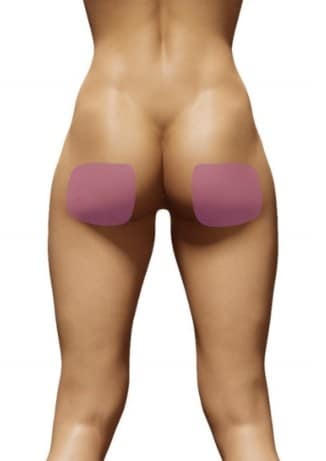
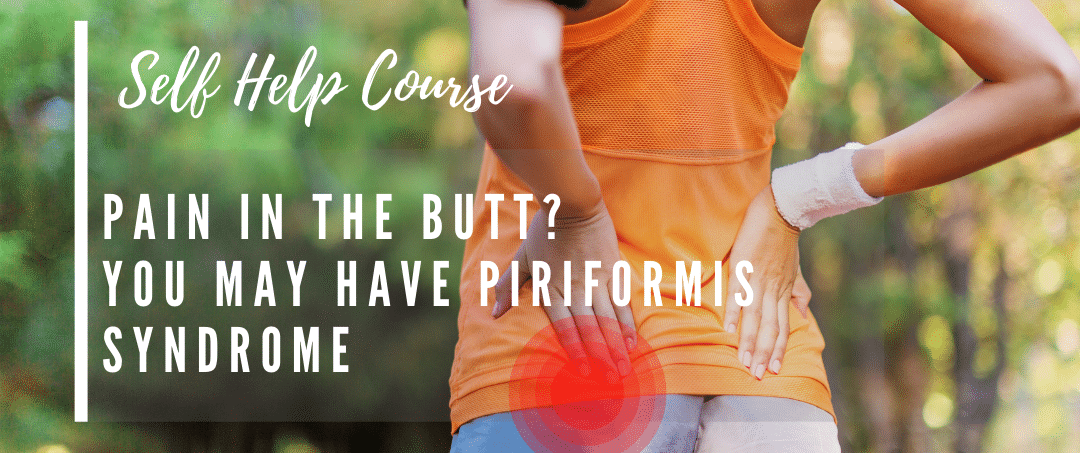
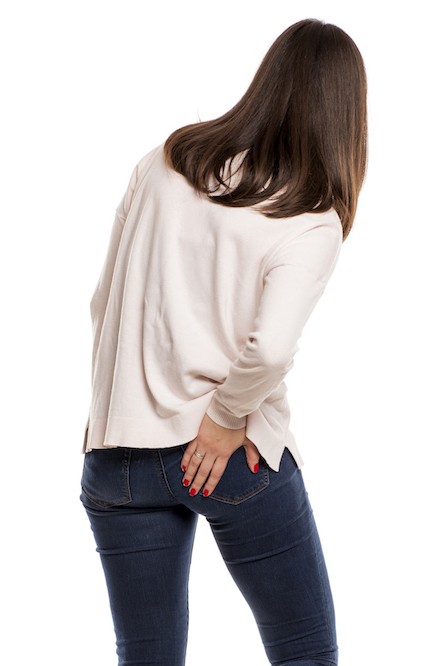
 Joint Related
Joint Related  Soft Tissue Related
Soft Tissue Related  Bone Related
Bone Related  Back Related
Back Related  Peripheral Nerve
Peripheral Nerve  Other causes
Other causes 